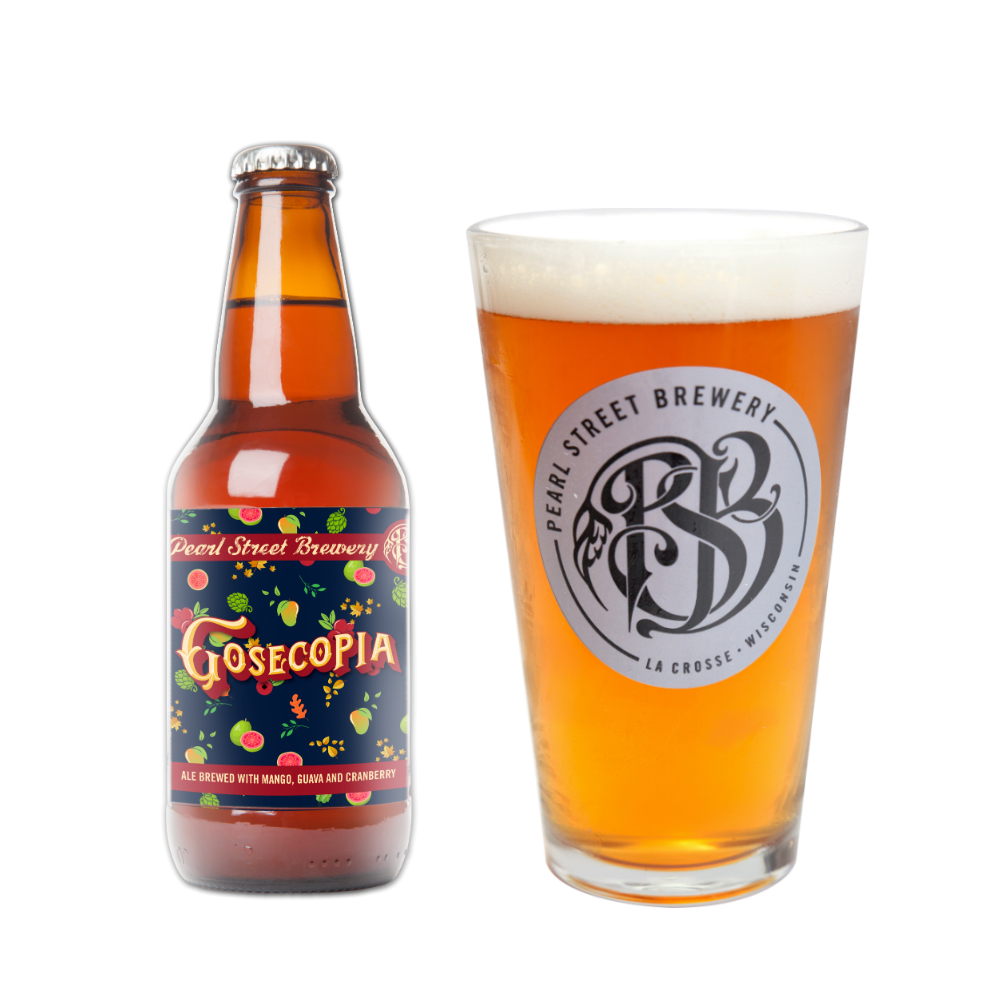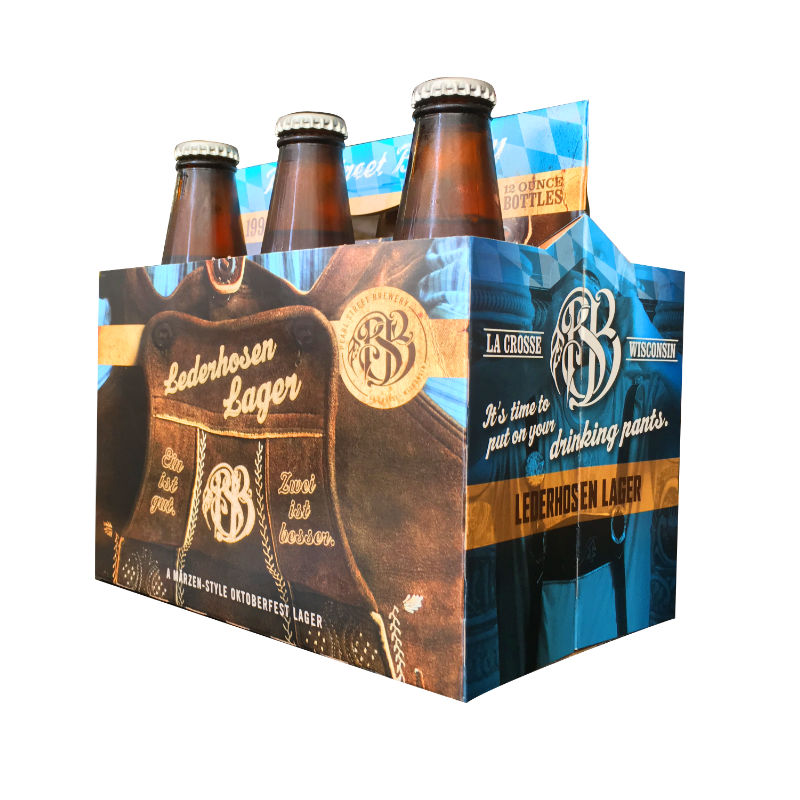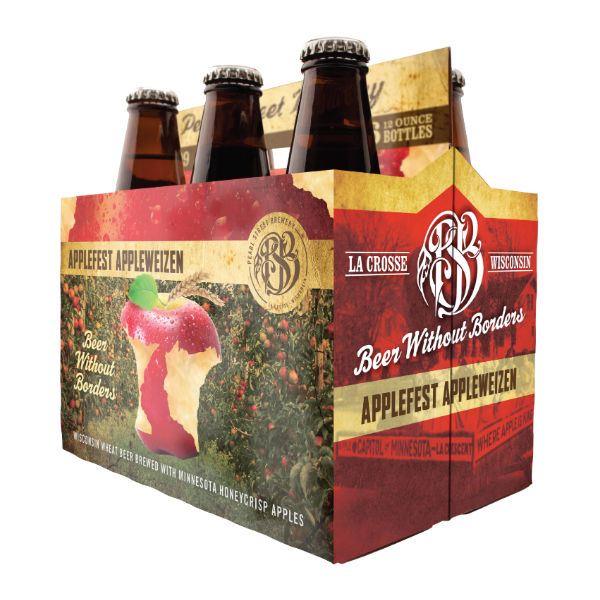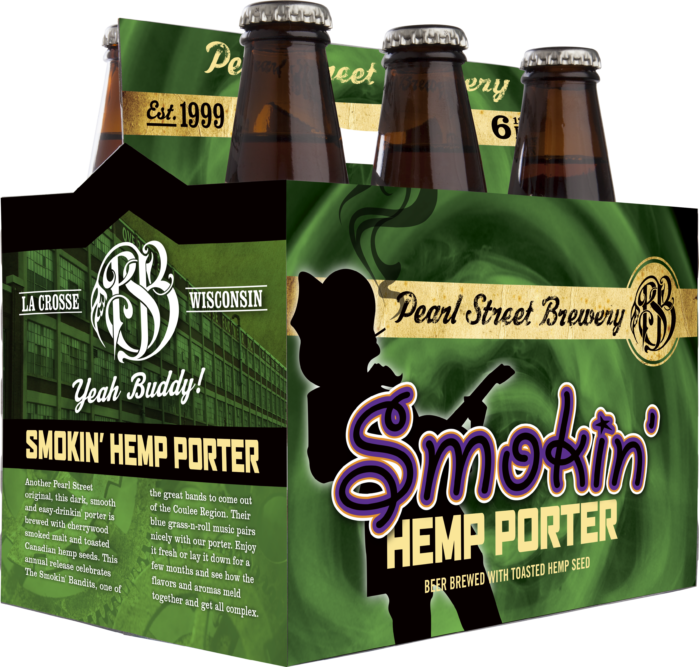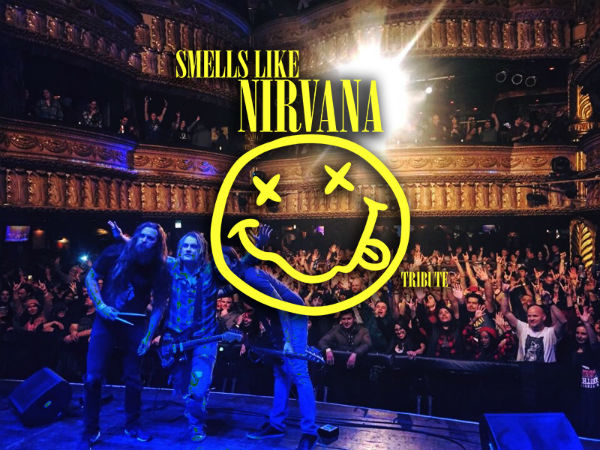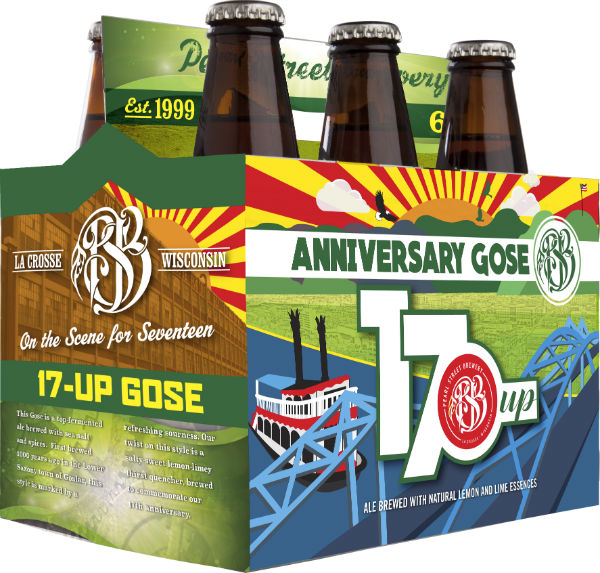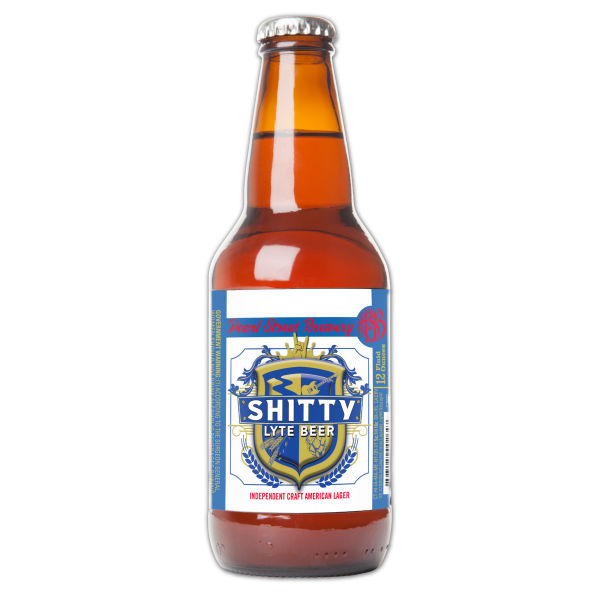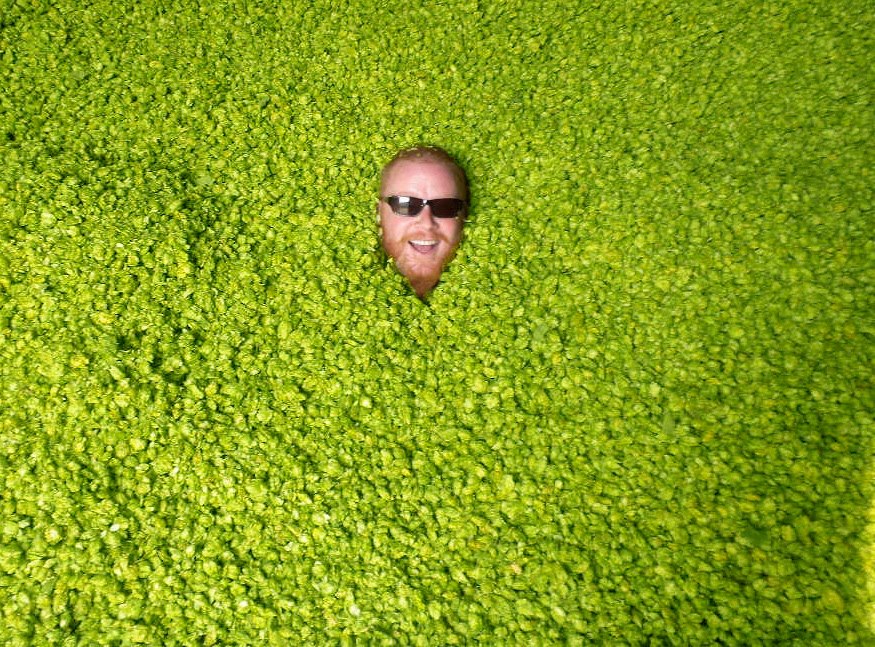By Joe Katchever a.k.a. BrewMaster
– the younger years, pre-awesome beard.
A thousand year old beer.
It might seem kind of weird that Lower Saxony is actually located North and West of Saxony-Anhalt and even further Northwest of Saxony. Looks weird on a map but it makes sense because Lower Saxony makes up much of Germany’s Northern Lowlands, downhill from the Harz and Teutoburg Mountains. The Elbe River makes up the Northern border of Lower Saxony as it flows North/Northwest from the hilly and mountainous Hamburg, picking up watershed along the way to its mouth on the North Sea.
The Saxons are a Pagan germanic tribe that dates back to prehistoric times. In the 5th Century, 400 years before the Vikings invaded the British Isles, the Medieval Saxons joined up with their Northern neighbors the Angles and Jutes and sailed across the North Sea to plunder the English and ultimately protect their land from the Picts and Gaels, the Medieval ancestors to the Scotts and the Irish. The Saxons intertwined with their brothers-in-arms to form the Anglo-Saxon people and populated England with Anglo-Saxons over the next 600 years. The Englishman, or lowlander became known as a Saxon, to distinguish him from a Welshman, Irishman, or Highlander.
Lower Saxony was once the Kingdom of Hanover and part of the German Confederation, an economic union run by Austrian Empire, yet remained personally united with England for 123 years. In 1837 they decided that they their Salic Laws forbade them from being ruled by a female, namely, Queen Victoria,who was taking over the British Throne that year.
Twenty years later, Hanover backed the losing side in the Austro-Prussian War and was subsequently conquered by Prussia in 1866. Oopsie. Austria lost all official influence over member states of the former German Confederation. So, the Kingdom of Hanover became the Province of Hanover and was a province of Prussia for the next eight decades.
After the fallout of World War II, the Allied Forces occupied and had military control of the area and in 1946, The State of Lower Saxony and its capital, Hanover were established, followed by the Federal Republic of Germany and the dissolution of Prussia.
Goslar is a district in Lower Saxony that is nestled in the hillier side of the State, right next to the mountainous Harz district of Saxony-Anhalt. Over a thousand years ago, where the waters of the Abzucht and the Gose meet, Gose beer was born. The steady, maritime climate of the North Sea Coast brings much precipitation and agriculture to the lowlands, and gives way to the snowy mountains to the East, where ore mining is the major source of revenue. The mountains there, where the headwaters of the Gose River form, are rich with salt,. Hardly a river, the Gose River is only about five miles long but it became infamous as the water source for one of the World’s weirdest beers.
Gose Today
Gose, the beer, (GO-suh) starts with briney water so, when I started brewing Gose’s a few years ago, I had to add salt to my water to emulate the water of the River Gose. Undoubtedly there were more minerals present in the water than salt so I chose unrefined, unprocessed and ancient sea salt with sixty other trace minerals and no additives. Gose’s are brewed with malted wheat and barley about half and half, giving them a light color and turbidity and making complex sugars and carbs available for a bottle refermentation. This ancient beer style predates microbiology and was fermented with wild, airborne microbes, so I brewed mine the same way, with wild, spontaneous fermentation. Salty, light, sour, effervescent with a bready nose, this historical ale was often flavored with coriander, the seed of the cilantro. The tartness lends itself to other fruits and spices.
Usually, I first design a recipe, then brew the beer and it ends up with a name conjured by the imbibing ritual. The first Gose I brewed was brewed to match a name. Pearl Street Brewery’s 17th anniversary was coming up and, as those who party with us know, we release five brand-new beers every year at our anniversary party, which we call, “The Winter Ball.” Somebody suggest a beer be named “17Up” to celebrate the big 17. I thought the name was cool, so I decided to brew a beer that was tangy and lemon-limey so, I brewed it with lemon and lime zest and my first commercial Gose was born over a thousand years after the originals were brewed from the Gose River brine. 17Up was truly a delicious, thirst-quenching beer, if I don’t say so myself. Fresh citrus nose, prominent tanginess and a slightly salty backbone. The mid-February release was good but this was destined to be a Summer beer. I re-brewed it and bottled in the summer of 2017 and to be honest, it took awhile for people to catch on. Local popularity was good but sales around our distribution footprint really didn’t take off until later in the year.
I decided that I would brew more Goses and create different versions seasonally. I have friends in Juneau, Alaska that always brings me fresh, Spring spruce tips to brew experimental beers with. I brewed a Wintery version with spruce and the essential oil of the bergamot orange, the Italian orange famous for flavoring Earl Grey teas. That winter, Sour Winter Gose was the highest-ranked Gose of the year, earning a Gold Medal from the World Beer Championships. This was followed by Pop Gose, a bright, Spring-time beer with hibiscus flowers, lavender flowers and cucumber extract. The Autumn version is the newest one: Gosecopia. In this version I wanted to explore tropical fruit and used guava and mango along with some cranberries from a local Wisconsin farmer friend.
All of these Goses received high praise and went on to win medals except Gosecopia, but then I haven’t entered that one in any competitions yet ;).
